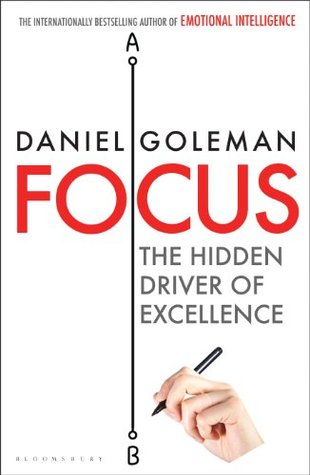More on this book
Community
Kindle Notes & Highlights
Goffman, a masterly observer of social interaction, called an “away,” a gesture that tells another person “I’m not interested” in what’s going on here and now.
Hence a wealth of information creates a poverty of attention.”
“Seven plus or minus two” chunks of information has been taken as the upper limit of the beam of attention since the 1950s, when George Miller proposed what he called this “magical number” in one of psychology’s most influential papers.
Why the puzzle? Our brain has two semi-independent, largely separate mental systems. One has massive computing power and operates constantly, purring away in quiet to solve our problems, surprising us with a sudden solution to complex pondering.
“Bottom-up” has become the phrase of choice in cognitive science for such workings of this lower-brain neural machinery.2 By the same token, “top-down” refers to mental activity, mainly within the neocortex, that can monitor and impose its goals on the subcortical machinery. It’s as though there were two minds at work.
The bottom-up mind is: • faster in brain time, which operates in milliseconds • involuntary and automatic: always on • intuitive, operating through networks of association • impulsive, driven by emotions • executor of our habitual routines and guide for our actions • manager for our mental models of the world
Voluntary attention, willpower, and intentional choice are top-down; reflexive attention, impulse, and rote habit are bottom-up (as is the attention captured by a stylish outfit or a nifty ad).


